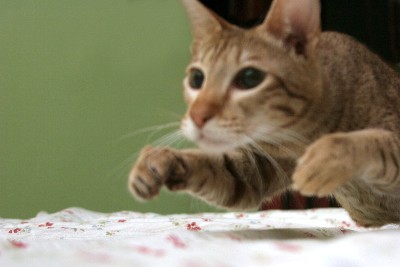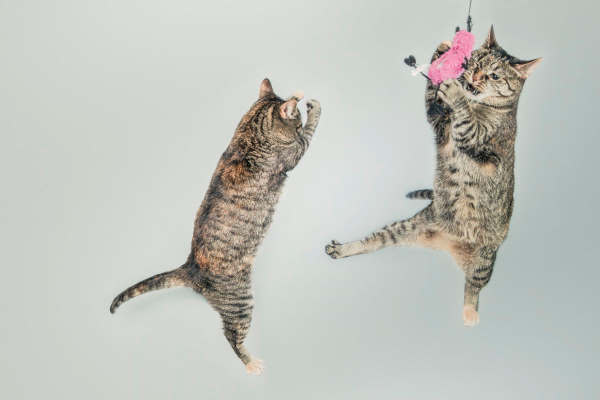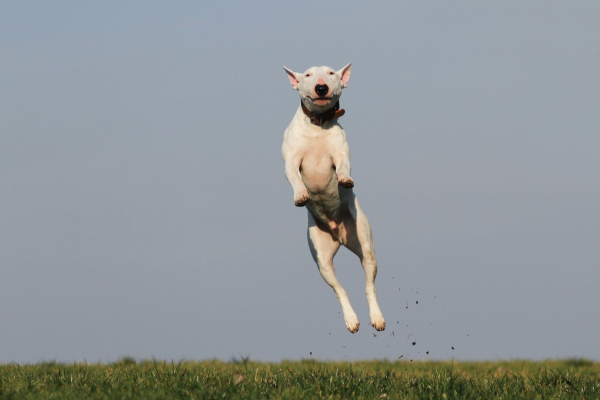 ACL – three little letters that can make even a 350-pound linebacker tremble.
ACL – three little letters that can make even a 350-pound linebacker tremble.
The ACL, or anterior cruciate ligament, is one of two essential stabilizing ligaments that cross over one another inside the knee joint. Instability in the knee causes pain and leads to debilitating arthritis.
Of the many knee injuries that can occur, ACL injury is the most common. Tears in these small ligaments cause a great degree of discomfort and may be a career-ender for an athlete (or at least a big career-bender).
A similar injury causes serious setbacks in a pet’s quality of life too. In fact, cruciate injury is one of the most common orthopedic complications seen in dogs.
According to Dr. Sharon Kerwin, professor at the Texas A&M College of Veterinary Medicine and Biomedical Sciences, ACL tears occur almost as often in pets as they do in humans.
“Cats and dogs have the same ligaments that we have in our knees,” says Kerwin. “The cruciate ligament stabilizes your femur and your tibia so you don’t get too much motion between those two bones.”
ACL Tears in Cats
ACL tears in cats often occur the same way they occur in humans: from a traumatic injury.

ACL tears in cats are usually attributed to injury that occurs as a result of jumping from high places, playing, or getting a leg caught in something. However, the injury tends to occur more often in overweight cats.
ACL Tears in Dogs
The injury occurs more frequently in dogs than in cats.

In some cases, it is simply the result of an athletic injury in a healthy dog. This could even mean landing “wrong” when running or jumping.
Overweight or obese dogs are definitely more prone to this type of injury, as they carry more weight and often have weakened joints.
Additionally, some dog breeds are predisposed to cruciate ligament injuries due to the structure and shape of their tibia or femur, particularly large breed dogs such as Labradors, Rottweilers, and Chowchows.
Orthopedic Lameness Examination
When we examine a pet for a rear-limb lameness, we perform an orthopedic lameness examination, trying to isolate the pain to a specific area and ruling out injury to other parts of the leg, pelvis, or spine.
Cats with ACL tears will often decrease their activity and playfulness. Dogs usually appear lame and sit awkwardly with their leg sticking out to the side. Radiographs (x-rays) may also be performed to check for arthritis or fractures.
ACL Injury Treatment
We often treat the ACL injuries in cats with medical management by placing overweight cats on a strict diet with exercise restriction for three to six weeks, followed by a check-up measuring progress. If the injury fails to heal, surgery is often recommended to explore and stabilize the joint.
But when dogs are afflicted with ACL injuries, many times the best option is surgery as quickly as possible, followed by post-surgical physical therapy. Dogs often don’t do well with medical management. Delaying surgery usually causes further inflammation in the injured knee, leading to arthritis, and puts the ACL in the other rear leg at risk for rupture too.
While cruciate rupture cannot always be prevented, keeping your pet at a healthy weight and providing plenty of low-impact exercise can minimize the risk.
Please consult with us if you have questions about your pet’s ideal body weight or need tips about nutrition that can help maintain or return your pet to a healthy weight.
Set up an appointment by calling 206-323-4433, or e-mail Atlantic Veterinary Hospital.


